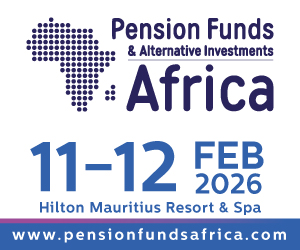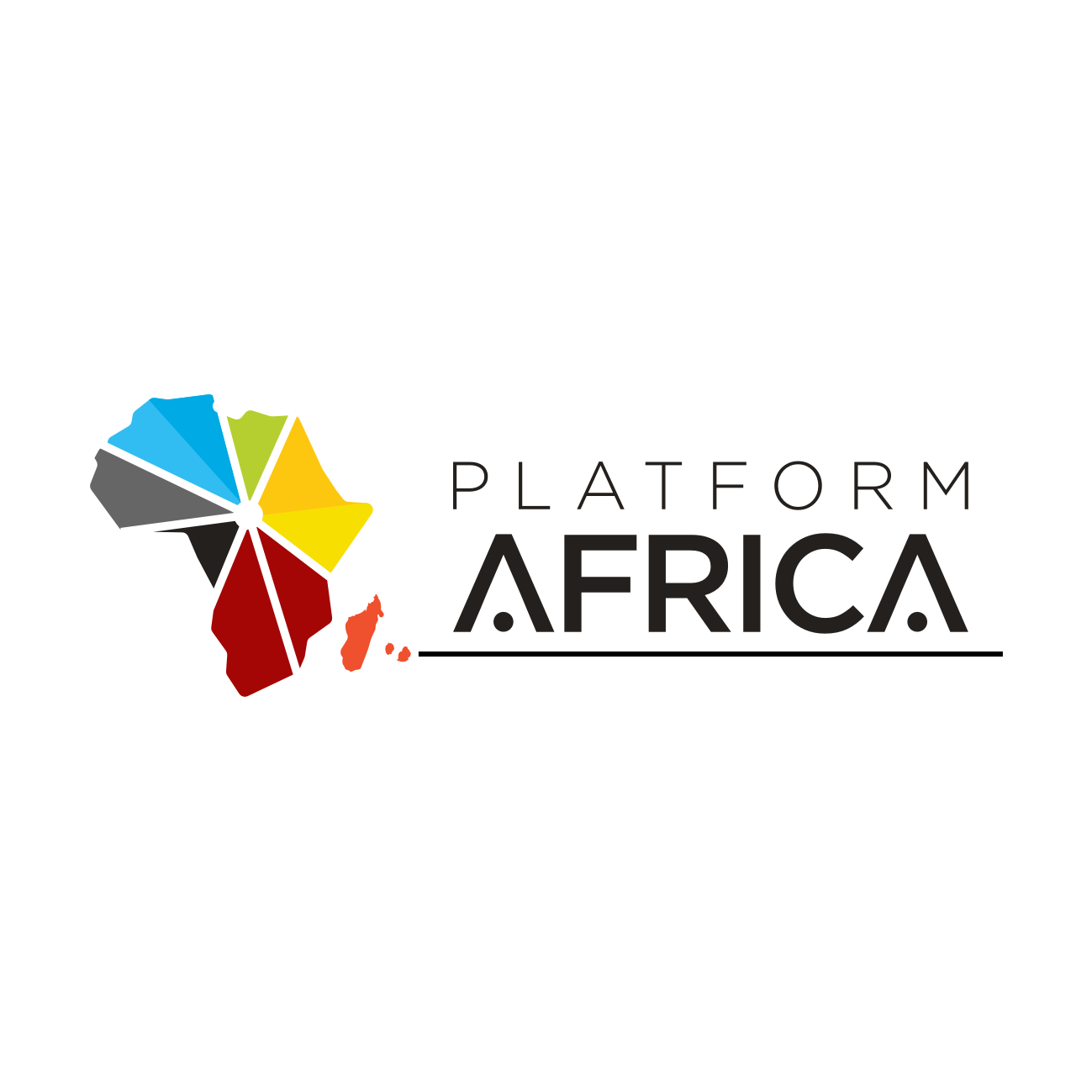By Brendon Jones, CEO and co-founder of Adansonia Holdings Ltd
As we celebrate International Women’s Day this Tuesday, 8th of March 2022, it is worth recalling that just under a year ago, we had the opportunity to speak to an exciting and dynamic woman at work. It was a chat with Vibhuti ‘Vib’ Jain, the US Development Finance Corporation’s (“DFC’s”) Regional Managing Director for Africa, based in South Africa.
In April 2021, within the first few months of Biden taking over the administration, Rudolf Pretorius and I, in our capacity as directors of the Adansonia Group, interviewed the intrepid female regional head. At that time, Vib shared her candid views on how her career had taken her along the path of impact investing in Africa, even as she gave the broad strokes of how the DFC operates, how African businesses can avail of its offerings, and how things have progressed for US’ leading development finance institution since Biden assumed office.
Insightfully enough, it was at the same occasion that she spoke with great enthusiasm about a path-breaking investment programme for women entrepreneurs called 2X – aptly named after the 2X chromosomes that women have – under which the DFC had catalysed over US$7bn globally for investing in women-owned and women-led enterprises as well as businesses with women beneficiaries. To provide the background to the initiative, it was in 2018 that DFC’s predecessor OPIC announced the launch of the “2X Women’s Initiative,” with an initial commitment to mobilise US$1 billion to promote women’s economic empowerment. Under the DFC, the US government continued to focus on women entrepreneurs, increasing 2X mobilisation targets to a significant US$9 billion.
In the months following the podcast, the investment programme has only gained greater traction, and we would like to use this Women Day’s to explore how investing in women, or gender-lens investing as it has come to be called, is not just the right thing, but also the smart thing to do.
Gender-lens investing – and why it makes sense
To take a moment to understand what this term means, gender-lens investing prioritises companies with higher representation of women on their boards and in management positions, as well as those that score well on pay equity and other workplace policies that especially help women, such as generous paid leave plans.
As the ESG movement gains momentum, it is representatives of the fairer sex like Greta Thunberg that are advocating for a fairer deal for the climate. No wonder then that the UN theme for this Women’s Day is “Gender equality today for a sustainable tomorrow”, in recognition of the contribution of women and girls around the world, who are leading the charge on climate change adaptation, mitigation, and response, to build a more sustainable future for all.
Thus, not only do women depend on gender-lens investing to build more sustainable livelihoods for themselves and their families, but also, so does the planet depend on women for its very survival. This clearly makes investing in women not just the right thing but also the smart thing to do, if we wish for a sustainable future for all of us.
Beyond women empowerment – onto economic sustenance
Analysing inequality at an economic level, the McKinsey Global Institute estimated five years ago that, if women were given the choice to work at an equal level as their male counterparts, a whopping 26% – or US$28 trillion – could be added to annual global GDP in 2025. It then becomes amply clear that creating a level playing field for men and women at work is the right thing to do – not only for empowering women but because lack of gender diversity goes far beyond being a woman’s issue alone.
This challenge has only been compounded by COVID-19 since, with the Global Entrepreneurship Monitor for 2020/21 released in May 2021 soberingly noting that there is some evidence that the proportion of females starting or running a new business in 2020 has declined much more sharply than the male equivalent. It speculates that this is perhaps because women have been more heavily burdened with the work from home and home-schooling that has followed the pandemic.
Meanwhile, it is a well-known fact that in a continent of many paradoxes, Africa perversely not only has the highest number of female entrepreneurs but also one of the least supportive entrepreneurial frameworks. Indeed, a closer look at the startups created reveals that women mainly undertake a business in the informal sector. African women entrepreneurs are often mothers taking care of large families who start their projects in countries with very little business-enabling infrastructure and extremely low education rates. Their entrepreneurial instinct is guided more by compulsion than desire as their situations do not offer any other opportunities. This in turn means that the design and roll-out of unique, innovative financial solutions that offer women in the continent access to markets and bring them into the formal financial system, can be key to breaking barriers for women-led businesses in this particularly concerning region.
Insightfully, Visa also commissioned a study in late 2020 to investigate the role of technologies in enabling African women entrepreneurship. The research, conducted by marketing insights company 4SIGHT Africa Research and Analytics, surveyed South African, Kenyan and Nigerian women SME business owners with between 2 and 15 employees. While the sentiment among the respondents was overwhelmingly optimistic – 70% of the women interviewed indicated that they believe they are financially independent, and almost 90% admitted to feeling more empowered as a female business owner than they did five years ago – the struggles they face are still significant.
A key finding of the research indicates that, overall, lack of funding (followed by market competition) poses the biggest threat to the sustainability of businesses in Africa. Added to this, the largest economies of South Africa and Nigeria face further challenges due to regulation, a fluctuating economy, and a lack of viable mentorship. Thus, women in Africa face unique challenges on the way to entrepreneurship and investment programmes such as the DFC’s 2X must look to such economies in Sub-Saharan Africa where women definitely deserve greater support towards turning their ventures sustainable and viable – and not just living hand to mouth with meagre business earnings, further dented by the effect of a global pandemic.
What next?
While we agree that the funding provided by standalone and targeted investment programmes such as 2X represents a brilliant step in the right direction, there is so much that needs to be done in the fledgling but crucial area of gender equality, especially among African entrepreneurs, that it is incumbent on the DFC to blaze a deeper trail and take its efforts one step further.
Indeed, we would recommend that, based on its learnings from the 2X programme, the DFC must adopt clear, phased-in standards for gender equity in all of its investments, and in doing so, make gender-equitable investing an accepted compliance step across the organisation. This would reap greater benefits over and above a singular programme such as 2X that is commendable in itself but might fail to deliver the enduring and sustainable change that this noteworthy movement demands.
In this respect, an interesting way forward is proposed by an insightful thought leadership in Foreign Policy, an award-winning US policy magazine. It signposts the “Women on Boards” law in California as a model of note, that must not just be emulated in other states of the US, but also presents a shining example for countries with high levels of women entrepreneurship but challenging environments for these endeavours to thrive – such as many Sub-Saharan African economies necessarily present. Passed in 2018, the “Women on Boards” law requires all public companies based in California to have at least one female director on a board, with increasing requirements over time. The article proposes that, “unlike ESG compliance itself, which can be difficult to track and is costly for companies, DFC should follow California’s lead and start by setting a simple standard to increase the role of women in finance leadership positions.” For instance, the DFC could announce that by 2023, it will no longer invest in funds or directly in projects that fail to meet a 30% women threshold on their senior teams.
Finally, while most of the current investments under the programme have been into financial services due to its multiplier effect on other sectors, considering women’s concentration in small-scale agriculture and the health workforce, and their disproportionate care work burdens, especially in Africa, the pandemic has additionally vested “the DFC with the opportunity to meet women where they are by increasing 2X investments in these areas.” Noting thus, the Centre for Global Development think tank also postulates that increased investments in women in water, sanitation, and hygiene (WASH) and energy can reduce domestic responsibilities contributing to women’s poverty and limiting their opportunities to seek full-time, quality employment, or dedicate time to growing businesses.
Why women leaders must pay it forward
On a parting note, consider this: VC firms with women partners are twice as likely to invest in companies with women in management and three times more likely to invest in those with women CEOs. Yet, only 12% of senior fund managers in Sub-Saharan African PE/VC firms are female, and globally, the number is even lower at 11%, which is relevant since a large portion of PE/VC investments in Africa are from non-African investment firms. When we consider that gender-balanced PE/VC teams – defined as women in 30-70% of leadership roles – have a 20% higher internal rate of return (IRR) compared to male-dominated teams, we can appreciate yet again why investing in women makes economic sense for the entire community, and not just for women alone.
Thus, change must begin at the top, with more women leaders in positions of power – and since lack of funding represents one of the greatest constraints for women entrepreneurs globally but especially in Africa – power clearly and crucially means the right for women to assume leadership roles in managing investment flows.
With women like Vibhuti Jain leading the DFC’s Africa arm, it is clear that a positive shift in mindset has already taken place, but we do need many more women like her – and it is an important thought to ponder this Women’s Day given the all-too-important theme of “Gender equality today for a sustainable tomorrow” as the world grapples and comes to terms with the new normal. Will women entrepreneurs finally find their place in the sun and move the climate change needle enough to sustain the planet? Only time will tell…
Sources:
Opportunité Africa Podcast with Vibhuti Jain, Regional Managing Director, Development Finance Corporation (‘How to partner with the US and drive change in Africa’ on Apple Podcasts)
https://www.cnbc.com/2021/12/01/gender-lens-investors-direct-their-money-to-women-led-companies.html
https://www.gemconsortium.org/report/gem-20202021-global-report




